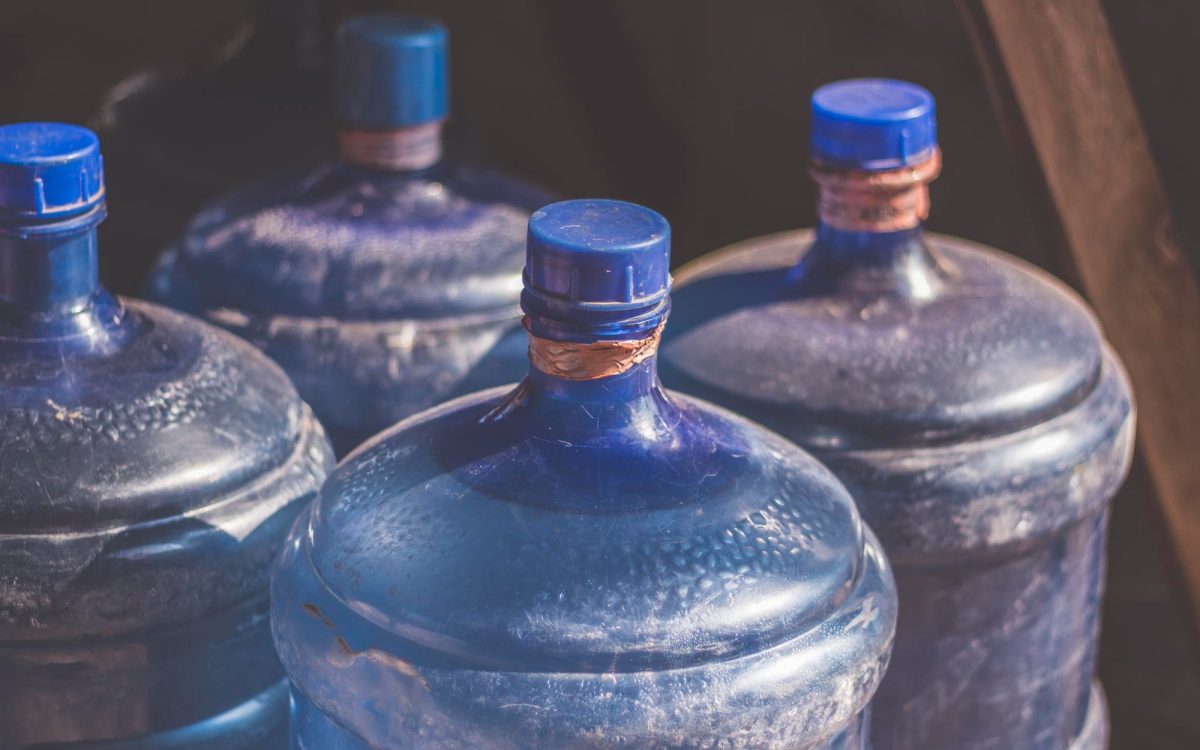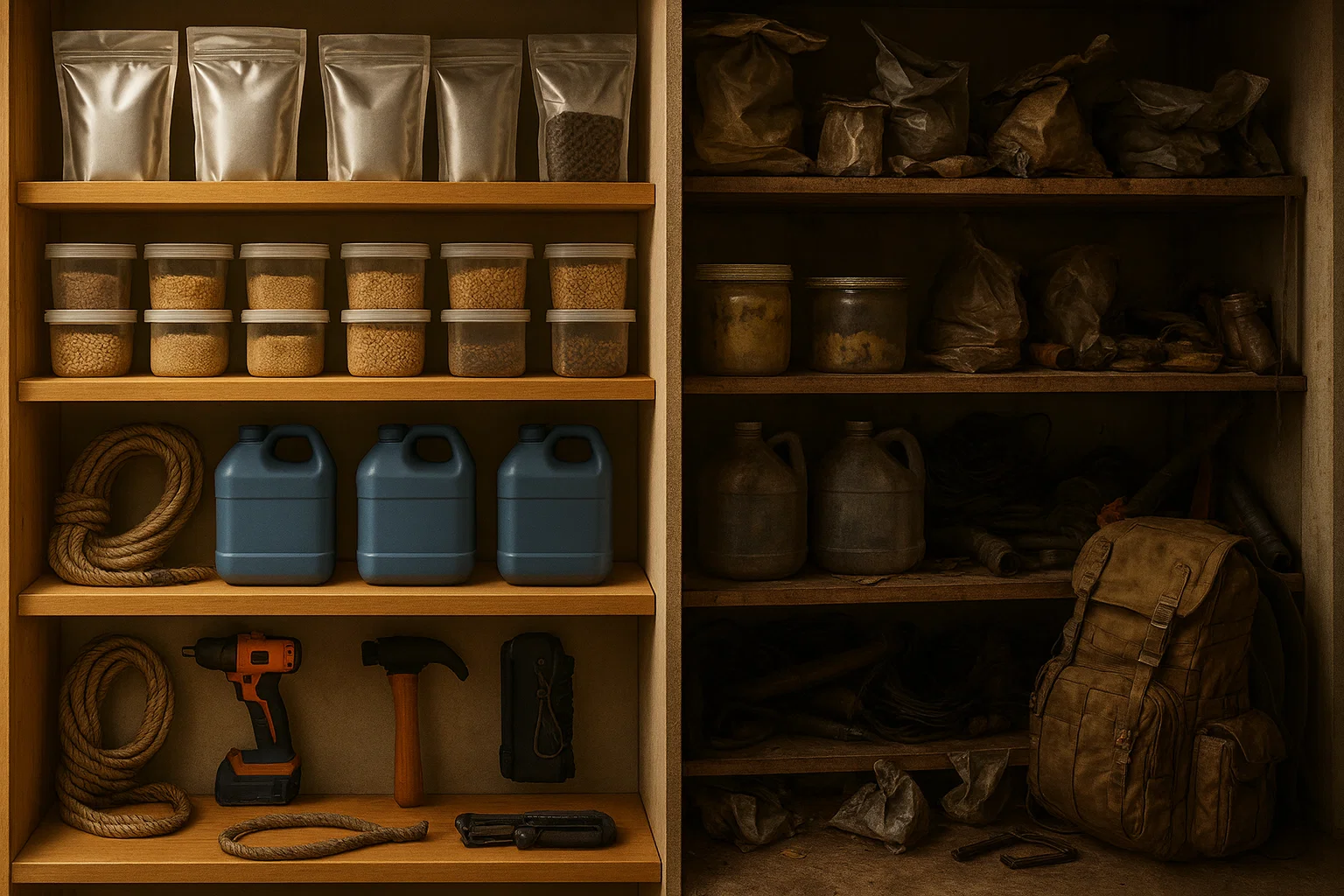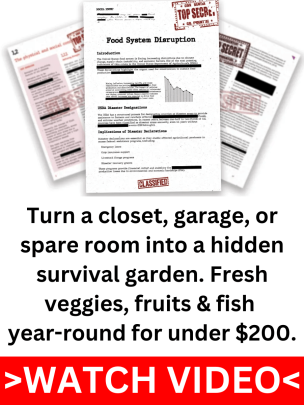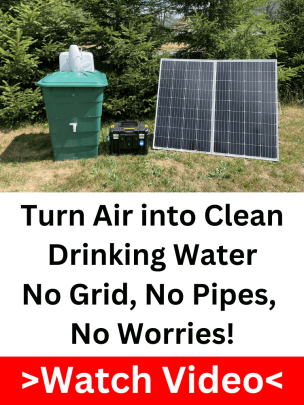Water is life. Water is the most important resource in any survival scenario. Without it, you only have three days left until serious dehydration sets in, and that’s under perfect circumstances. Most individuals are aware of the significance of water. However, it’s frequently forgotten how easily things may go wrong if your water supply isn’t stored correctly.
The truth is, that even little mistakes in water storage can have serious effects. Improper preparedness, from infection to shortages, can leave you high and dry when it counts the most. In this post, we’ll look at some of the most common water storage mistakes made by preppers, as well as how to avoid them. If you are serious about being prepared, getting this right could save your life.
Misjudging How Much Water You’ll Need
Underestimating their actual water needs is one of the most frequent errors people make when setting up their water storage. This is simple to accomplish, particularly if drinking water is your primary concern. At least one gallon per person per day is the general norm, but that’s only the beginning. How about cooking? Doing the dishes? Simple personal hygiene? All of these also need water, and if you don’t consider them, you may run out of water much sooner than you think.
Let’s look at a real-world case. At least 56 gallons are needed for drinking alone for a household of four getting ready for a two-week emergency. But that figure quickly rises to 100 gallons or more when cooking and cleanliness are taken into account. Do you own a cat or a dog? Put in additional. Do you reside in a hot climate? Heat makes dehydration more likely, thus your demands will quickly treble. Emergencies rarely follow the rules, therefore your estimates must account for the unpredictability of the actual world.
Calculating according to the unique needs of your home is the greatest method to get it right. Establish a baseline of one gallon per person per day and then add a half-gallon per person for cooking. For everyday hygiene and general cleaning, add a gallon. Remember to include a safety margin of at least 10% and multiply this sum by the number of days you are planning. When times are rough, it’s better to have too much water than not enough.
Choosing the Wrong Containers
Quality is just as important as quantity when it comes to water storage. Just as crucial as the water itself are the containers you use. A common misconception is that they can just reuse whatever they have on hand, such as buckets, juice bottles, or milk jugs. However, this is a risky misunderstanding. These containers frequently include unstated hazards and weren’t made for long-term water storage. For instance, juice bottles retain sugar residues that can harbor bacteria, while milk jugs deteriorate over time, becoming brittle and prone to spills.
Food-grade materials, such as stainless steel or BPA-free plastic, are used to make the safest containers. These materials are made especially to hold water for long periods without adding impurities. Barrels made of high-density polyethylene (HDPE) are a good option for large-scale storage. These barrels can store up to 55 gallons of water and are strong and chemical-resistant. Five-gallon containers and other smaller, more portable choices are ideal for daily use.
Another important consideration is proper sealing. Even the best one won’t keep your water safe if the container isn’t properly sealed. Lids must be airtight for dirt, bacteria, or pests to stay out. Before filling your containers, always sterilize them. Before using, thoroughly rinse and dry with one teaspoon of unscented household bleach per quart of water.
Lastly, give your containers clear labels. Add the date you filled them out and keep them in a convenient location. In addition to being practical, the organization guarantees that you may change your water supply frequently and maintain its safety and freshness.
Storing Water Improperly
Improper storage conditions can destroy your water, even if you have the necessary containers. Unknowingly, a lot of individuals keep their water in locations that are exposed to heat, sunshine, or extremely cold temperatures. Heat and frost can weaken containers, causing leaks or contamination, while sunlight promotes the growth of bacteria and algae.
Store your water in a stable, dark, and cool place to ensure its safety. The optimum location is a temperature-controlled garage or basement. Water fumes might eventually seep into your containers, so keep them away from chemicals, gasoline, and cleaning supplies. To keep your containers safe from pests and possible water, raise them off the ground. Water may be kept usable with a little attention to where and how it is stored.
Forgetting to Rotate and Treat Stored Water
A widespread misperception is that if water is sealed in a container, it will remain forever. Water doesn’t expire, yet over time, stagnant water can become dangerous. If the water wasn’t properly treated or the container wasn’t cleaned before filling, bacteria, algae, and other microorganisms could grow.
Treat your water before storing it to avoid this. A cheap and efficient approach is unscented household bleach. For added peace of mind, use commercially available water treatment tablets or add approximately 1/8 teaspoon per gallon to eliminate germs and viruses. These minor actions guarantee the long-term safety of your water.
Rotation is equally crucial. Aim to change your water every six to twelve months. When rotating, use the chance to clean and sterilize your containers before refilling them. Maintaining a regular rotation plan ensures that you always have fresh water available when you need it.
Water Storage for Different Living Situations
Water storage is not one-size-fits-all. Apartment inhabitants have space limits, whereas rural preppers may have access to wells or larger rain collection systems. Stackable water bricks or foldable containers can maximize storage while taking up less space. Store these under mattresses or in closets to keep them out of sight yet easily accessible.
In rural areas with more room, consider putting rain barrels or cisterns to collect water from your roof. These systems not only offer emergency water but also establish a long-term solution. Simply be sure to cleanse the collected water to remove debris, bacteria, and possible pollutants.
Click Here for Smart Ways to Prep in an Apartment
Although urban preppers have particular difficulties, innovative solutions are available. Keeping water in smaller containers and distributing it about your house, such as behind furniture, under sinks, or in cupboards, will significantly reduce the amount of room you need. The secret is to make do with what you have while still providing for the necessities of your family.
Common Myths About Water Storage
There are several myths about water storage, and believing them might compromise your emergency preparedness. One of the most widespread fallacies is that correctly kept water does not require rotation. While water does not spoil, the containers may introduce germs or algae over time, which is why regular rotation is essential.
Another fallacy is that any container will suffice for water storage. As previously stated, non-food-grade containers can leach hazardous substances or fail under stress. To ensure safety, always use materials made exclusively for water storage. Understanding the facts is essential for avoiding mistakes that could cost you in an emergency.
Step-by-Step Emergency Water Plan
It’s easier than you might think to make a plan for storing water. Determine the demands of your household first, taking into account the number of people, pets, and days you’re getting ready for. After selecting and cleaning food-grade containers, fill them with purified water. Rotate these containers every six months and keep them in a cold, dark location. Lastly, put a contingency plan in place to handle unforeseen requirements, such as portable filters or rainwater collection. You’ll never be caught off guard if you have a good plan.
Survival requires water, and one of the most important emergency preparations you can make is to properly store water. You can ensure that you have access to safe, clean water when you need it most and safeguard your family by being aware of and avoiding these common blunders. Consider your storage plan today, adhere to recommended practices, and get ready for anything that may come up. Having dependable water during a crisis is important for more reasons than just survival; it also promotes mental calm.





















